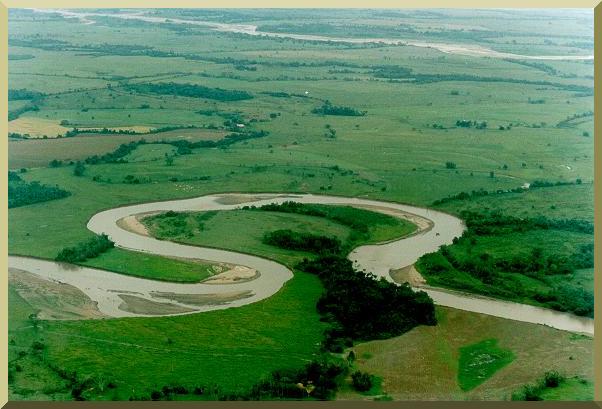|
In the Fall of 1993, I took a sabbatical leave in Fortaleza, Brazil,
to study droughts at the famed
Departamento Nacional de Obras Contras Secas (DNOCS) (National Department of
Works Against Droughts). The work led to a paper entitled: "Management of droughts and floods in the
semiarid Brazilian Northeast: The case for conservation." 1
During my stay in Brazil,
I was associated with the Universidade Federal do Ceara (UFC).
One day I was asked by a colleague to help review a doctoral thesis that was near completion.
I stated that if he was routing floods, that the steady-flow
Manning equation did not suffice;
that he had to use an unsteady form of the open-channel flow equations,
one that would take into account
the well established--yet surprisingly little known--
Seddon's law.
Moreover, I said that it was also necessary to account for
the subsidence of the flood waves, described by
hydraulic
diffusivity of Hayami.
Thus, the moral of the story is:
You cannot do flood routing just using the Manning equation.
| ||
|
|
